Titanium dioxide
-
98 In Stock
-
-
0 Review(s)
Price :
৳960
Estimated Shipping Time: Deliveries take up to 4-5 days after you place your order.
Product SKU: w8J527452lq2
Titanium dioxide. টাইটানিয়াম ডাই অক্সাইড এক শতাব্দী ধরে শিল্প ও গ্রাহক পণ্য, যা রঙ, আবরণ, আঠালো, কাগজ, প্লাস্টিক এবং রাবার, মুদ্রণ কালি, প্রলিপ্ত কাপড় এবং টেক্সটাইল, পাশাপাশি সিরামিকস, মেঝে coverাকনা, ছাদ উপকরণ, প্রসাধনী সহ বিভিন্ন ক্ষেত্রে ব্যবহৃত হয়ে আসছে , টুথপেস্ট, সাবান, জল চিকিত্সা এজেন্ট.
Titanium dioxide, also known as titanium(IV) oxide or titania /taɪˈteɪniə/, is the inorganic compound with the chemical formula TiO
2. When used as a pigment, it is called titanium white, Pigment White 6 (PW6), or CI 77891.[4] It is a white, water-insoluble solid, although mineral forms can appear black. As a pigment, it has a wide range of applications, including paint, sunscreen, and food coloring. When used as a food coloring, it has E number E171. World production in 2014 exceeded 9 million tonnes.[5][6][7] It has been estimated that titanium dioxide is used in two-thirds of all pigments, and pigments based on the oxide have been valued at $13.2 billion.
In all three of its main dioxides, titanium exhibits octahedral geometry, being bonded to six oxide anions. The oxides in turn are bonded to three Ti centers. The overall crystal structure of rutile is tetragonal in symmetry whereas anatase and brookite are orthorhombic. The oxygen substructures are all slight distortions of close packing: in rutile, the oxide anions are arranged in distorted hexagonal close-packing, whereas they are close to cubic close-packing in anatase and to "double hexagonal close-packing" for brookite. The rutile structure is widespread for other metal dioxides and difluorides, e.g. RuO2 and ZnF2.
Molten titanium dioxide has a local structure in which each Ti is coordinated to, on average, about 5 oxygen atoms.[9] This is distinct from the crystalline forms in which Ti coordinates to 6 oxygen atoms.
Synthetic TiO2 is mainly produced from the mineral ilmenite. Rutile, and anatase, naturally occurring TiO2, occur widely also, e.g. rutile as a 'heavy mineral' in beach sand. Leucoxene, fine-grained anatase formed by natural alteration of ilmenite, is yet another ore. Star sapphires and rubies get their asterism from oriented inclusions of rutile needles.[10]
Mineralogy and uncommon polymorphs
Titanium dioxide occurs in nature as the minerals rutile and anatase. Additionally two high-pressure forms are known minerals: a monoclinic baddeleyite-like form known as akaogiite, and the other has a slight monoclinic distortion of the orthorhombic α-PbO2 structure and is known as riesite. Both of which can be found at the Ries crater in Bavaria.[11][12][13] It is mainly sourced from ilmenite, which is the most widespread titanium dioxide-bearing ore around the world. Rutile is the next most abundant and contains around 98% titanium dioxide in the ore. The metastable anatase and brookite phases convert irreversibly to the equilibrium rutile phase upon heating above temperatures in the range 600–800 °C (1,110–1,470 °F).[14]
Titanium dioxide has twelve known polymorphs – in addition to rutile, anatase, brookite, akaogiite and riesite, three metastable phases can be produced synthetically (monoclinic, tetragonal, and orthorhombic ramsdellite-like), and four high-pressure forms (α-PbO2-like, cotunnite-like, orthorhombic OI, and cubic phases) also exist:
Ratings & Reviews
0.0
No Review Found.
Sold By
echem
477
Total ItemSeller's Products
Related Products
Send Message
LOGIN NOW
Signup Now
Forgot Password
Please Write your Email
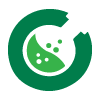
Order Tracking



 Health & Beauty
Health & Beauty


.png) Art & Painting
Art & Painting Hot Deals
Hot Deals
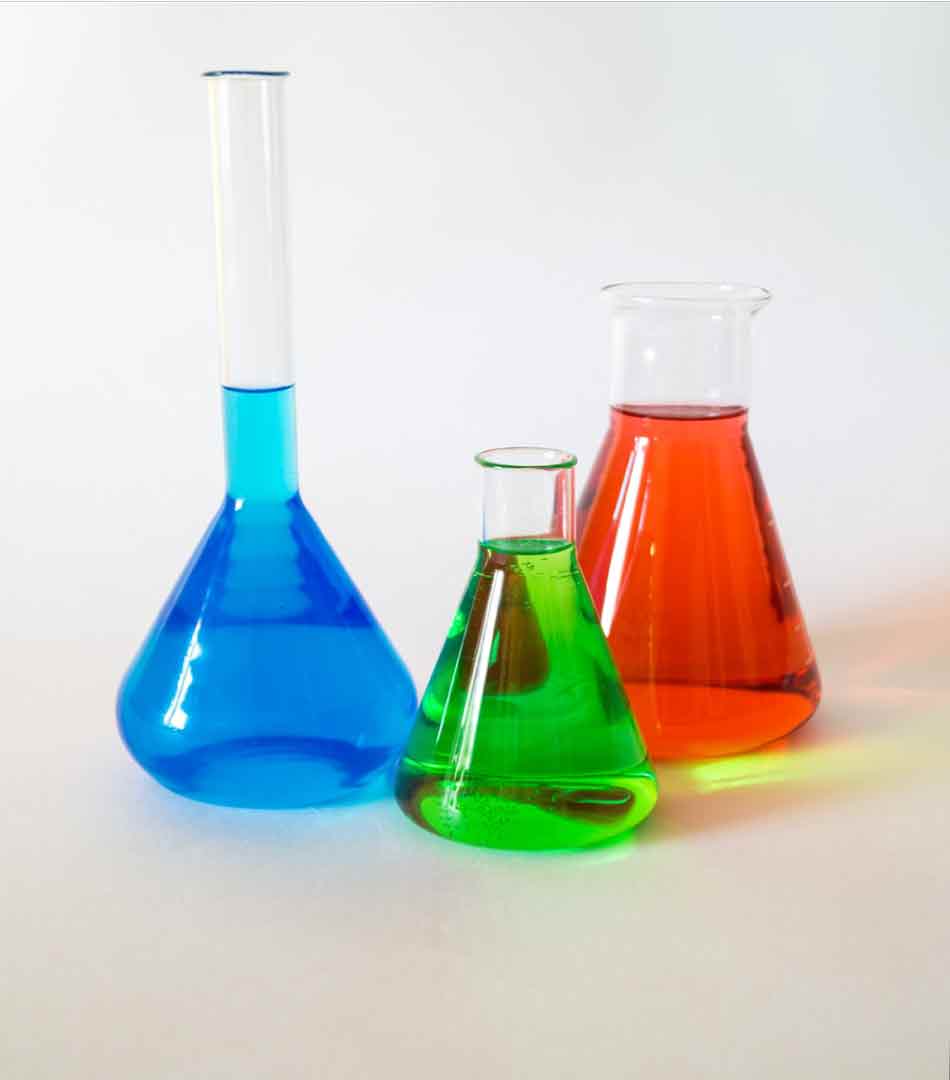
.png)
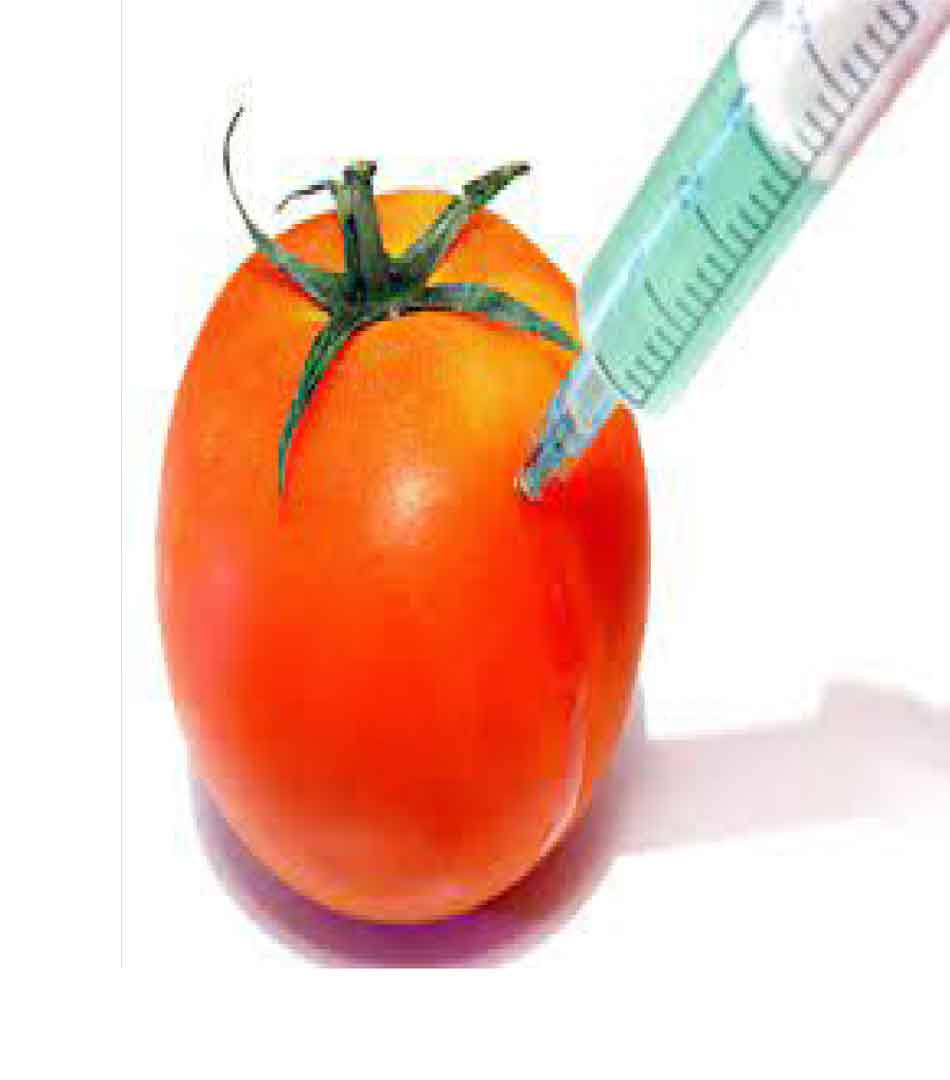
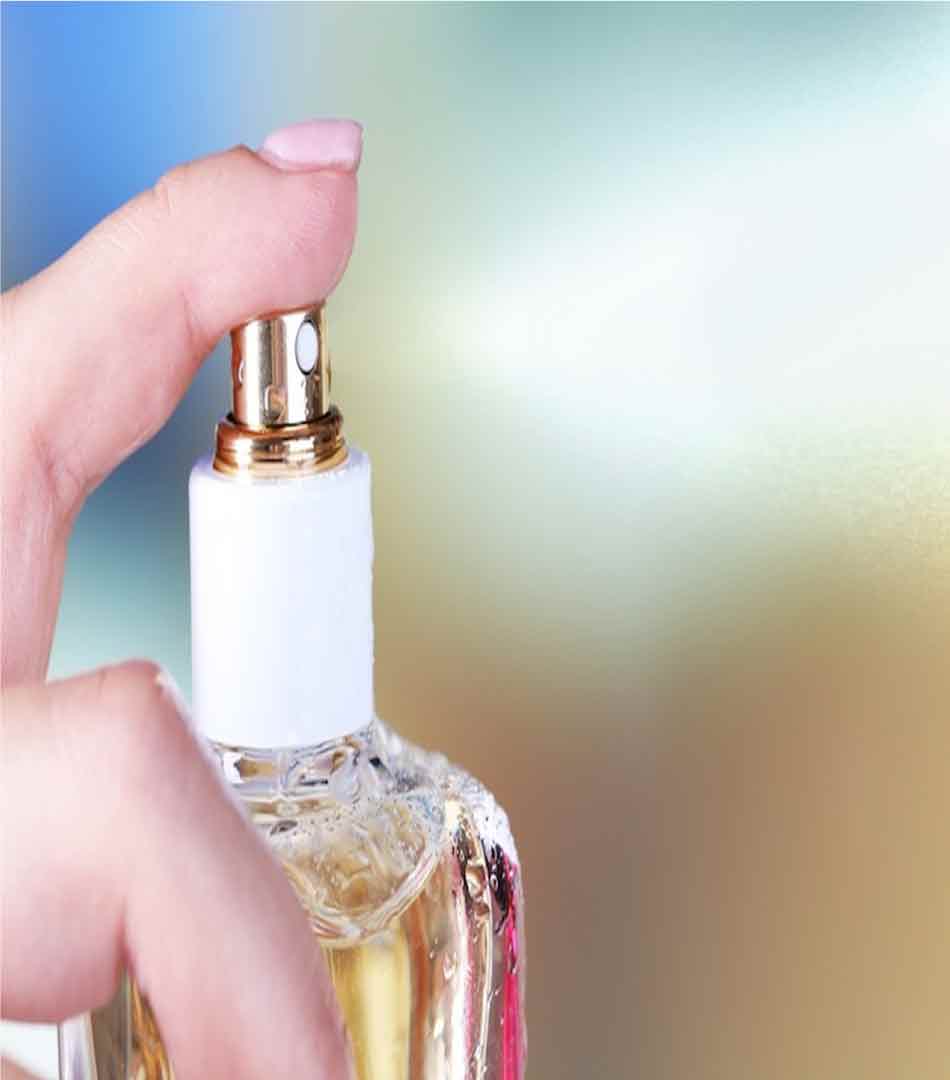
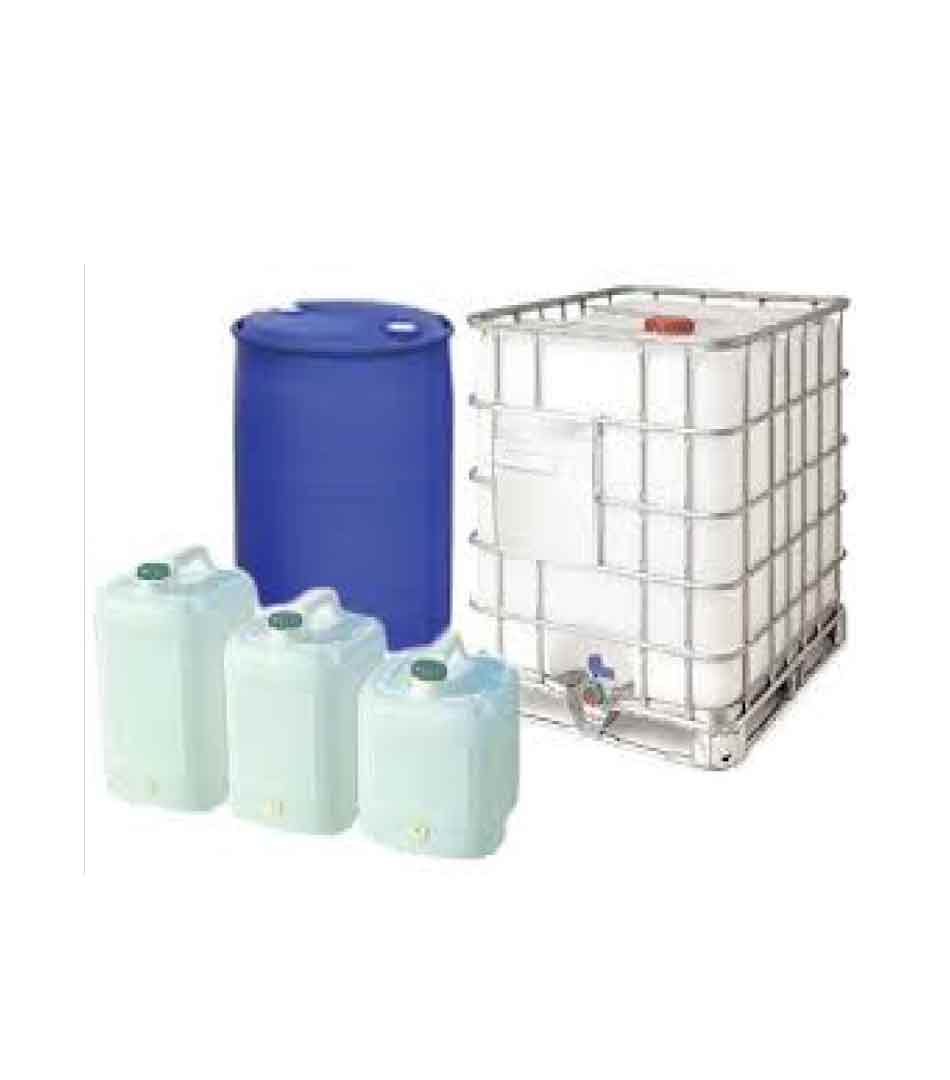
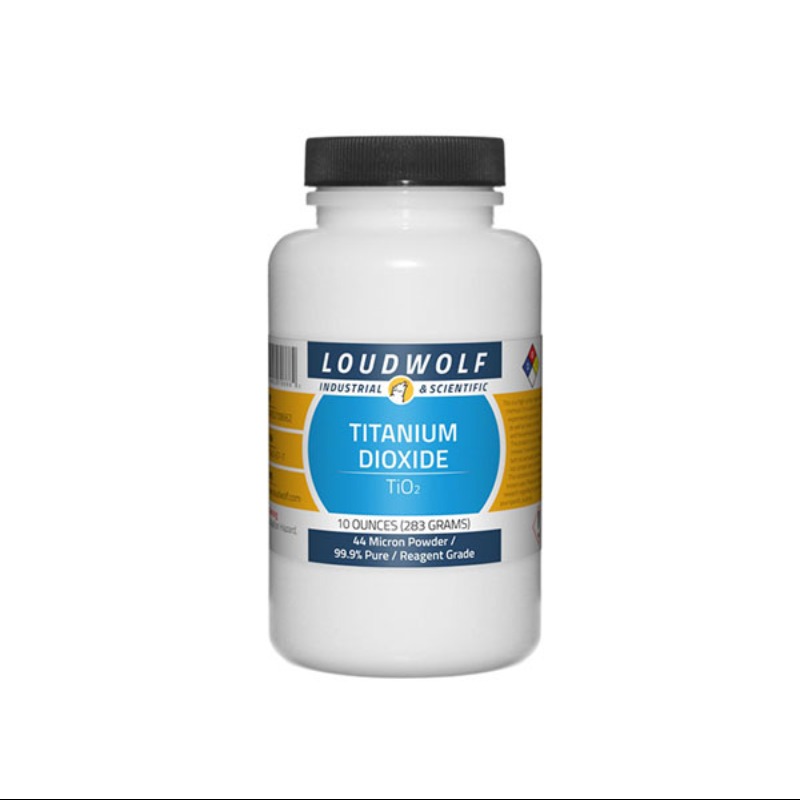
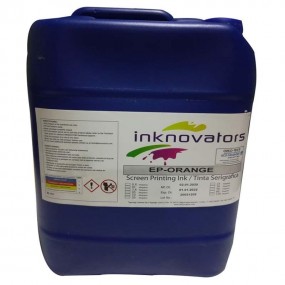
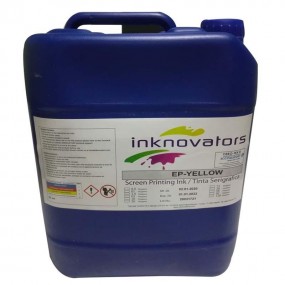
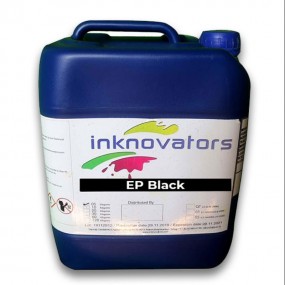
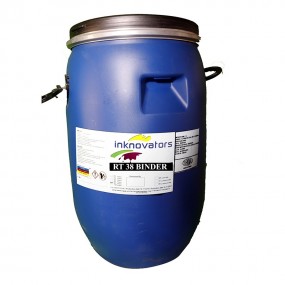
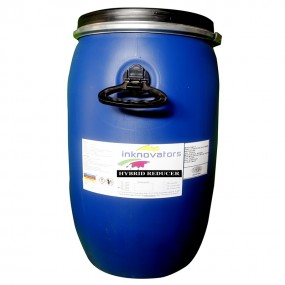
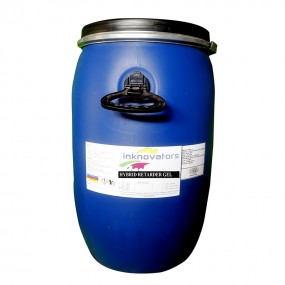

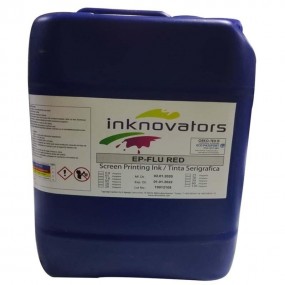
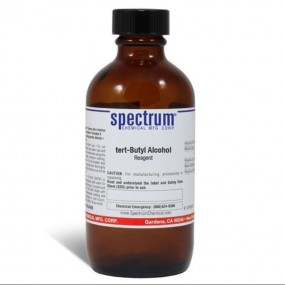
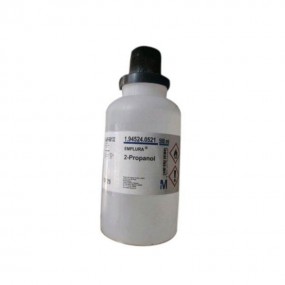
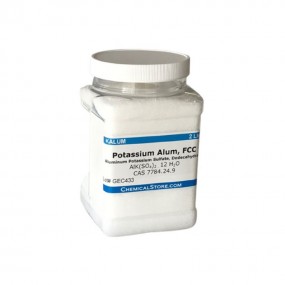
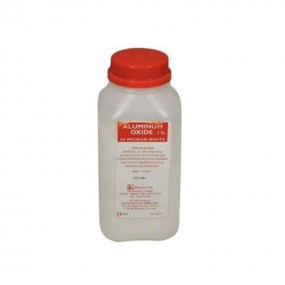
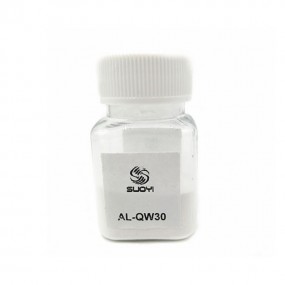
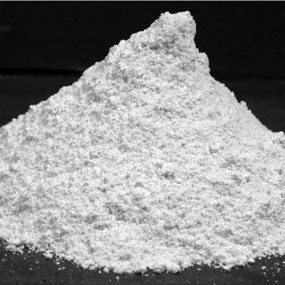
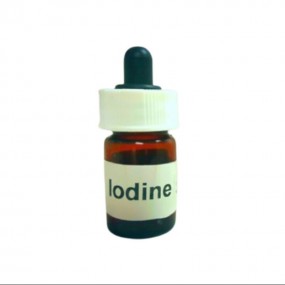
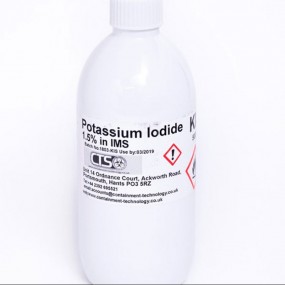
Login To Comment